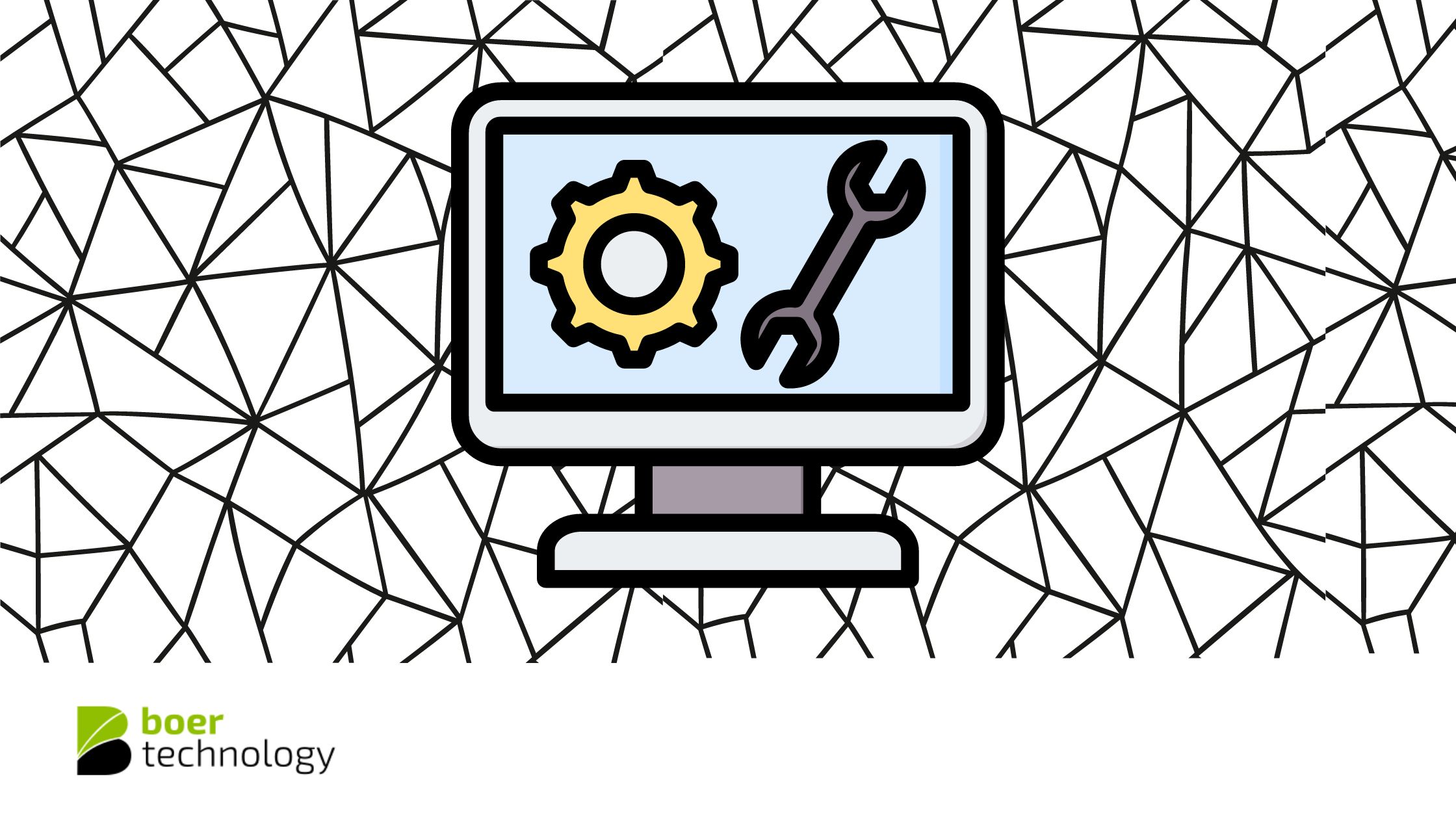Understanding HCI Integrated Software Components
As businesses move towards digital transformation and IT modernization, the demand for efficient, scalable, and simplified infrastructure solutions is growing. One such solution that has gained considerable attention is Hyper-Converged Infrastructure (HCI). HCI integrates various components of traditional IT infrastructure—compute, storage, networking, and management—into a single software-defined system. The success of HCI lies in its integrated software components, which streamline operations and reduce the complexity of managing different hardware and software systems.
This article explores the key integrated software components of HCI and how they work together to create a unified, efficient IT environment.
Key Software Components of HCI
- Hypervisor (Virtualization Layer)
At the heart of any HCI system is the hypervisor, which provides the virtualization necessary to pool and manage compute resources. A hypervisor abstracts the physical hardware resources, including CPU, memory, and network interfaces, and allows them to be used by multiple virtual machines (VMs). This enables multiple workloads to run simultaneously on the same physical hardware without interfering with each other.
Popular hypervisors used in HCI solutions include VMware vSphere, Microsoft Hyper-V, and open-source alternatives like KVM (Kernel-based Virtual Machine). The hypervisor plays a critical role in simplifying infrastructure management by providing centralized control over virtual machines, eliminating the need for separate physical servers for different workloads.
- Software-Defined Storage (SDS)
Another essential component of HCI is Software-Defined Storage (SDS). In traditional IT environments, data is typically stored on dedicated storage hardware such as SAN (Storage Area Network) or NAS (Network Attached Storage). However, in HCI, storage is abstracted from the underlying hardware, enabling a virtualized storage pool that spans across multiple nodes in the HCI cluster.
SDS enables efficient data management, redundancy, and scalability. With the help of features like data deduplication, compression, and replication, HCI solutions can provide high performance and data protection without the need for complex, expensive storage hardware. Moreover, storage is managed alongside compute resources through the same management interface, further simplifying operations.
Some widely-used SDS solutions integrated into HCI platforms include VMware vSAN, Nutanix Acropolis, and Microsoft Storage Spaces Direct.
- Software-Defined Networking (SDN)
In addition to compute and storage virtualization, HCI also incorporates Software-Defined Networking (SDN) to virtualize the networking infrastructure. SDN abstracts network resources such as switches, routers, and firewalls, allowing them to be configured and managed through software. This eliminates the need for complex, proprietary network hardware and enables centralized management of the entire network infrastructure.
With SDN, administrators can create virtual networks that operate on top of the physical network. These virtual networks are easier to configure, maintain, and scale compared to traditional network environments. SDN also allows for network automation, dynamic provisioning, and improved security policies by creating isolated network segments for different workloads.
Popular SDN solutions integrated into HCI platforms include VMware NSX, Cisco ACI, and open-source tools such as Open vSwitch.
- Management and Orchestration Software
One of the biggest advantages of HCI is the ability to manage all aspects of the infrastructure—compute, storage, and networking—through a single, centralized interface. This is made possible by the integrated management and orchestration software.
The management layer of HCI provides administrators with a dashboard to monitor, provision, and control virtual machines, storage, and network resources from one location. This unified management simplifies daily operations, reduces the complexity of managing different infrastructure silos, and makes it easier to scale the system as the business grows.
Orchestration tools automate many routine tasks such as provisioning virtual machines, balancing workloads, and managing backup and recovery processes. This increases efficiency and reduces the chances of human error, allowing IT teams to focus on more strategic initiatives.
Examples of management and orchestration software used in HCI platforms include Nutanix Prism, VMware vCenter, and HPE OneView.
- Data Protection and Backup
Data protection is a crucial aspect of any IT infrastructure, and HCI platforms come equipped with built-in data protection and backup software. This ensures that mission-critical data and workloads are protected against hardware failures, human errors, and disasters.
HCI solutions typically include features like snapshotting, replication, and backup-to-cloud options that simplify the backup and recovery process. Snapshots allow administrators to take point-in-time copies of virtual machines or data sets, which can be restored quickly in the event of a failure.
Many HCI platforms also offer integrated disaster recovery solutions that replicate data across different geographic locations, ensuring business continuity in the face of unexpected disruptions.
The Benefits of HCI’s Integrated Software Components
The tightly integrated software components of HCI provide numerous benefits for businesses:
- Simplified Management: The ability to manage compute, storage, and networking through a single interface greatly reduces the complexity of IT operations.
- Cost Efficiency: HCI eliminates the need for specialized, costly hardware and reduces the overall footprint of the data center.
- Scalability: With HCI, organizations can easily scale their infrastructure by adding new nodes as needed without disrupting existing workloads.
- Performance Optimization: By utilizing virtualization, SDS, and SDN, HCI optimizes resource utilization and delivers high performance for demanding workloads.
-
Enhanced Data Protection: Built-in backup, replication, and disaster recovery features ensure that data is safe and can be quickly restored in the event of a failure.
Conclusion
The integrated software components of Hyper-Converged Infrastructure (HCI) are what make it a powerful, efficient, and scalable solution for modern IT environments. By combining hypervisor-based compute, software-defined storage, software-defined networking, and centralized management, HCI streamlines operations and allows businesses to focus on innovation rather than infrastructure management. The result is a more agile, responsive IT environment that can meet the growing demands of today's business landscape.

